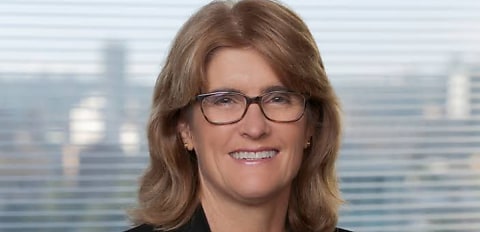Speaking at the 2023 Commonwealth Bank Global Markets Conference on 24 October 2023, Reserve Bank of Australia (RBA) governor Michele Bullock outlined the board’s key responsibilities of monetary policy and the framework in which it is determined.
In her speech, Ms Bullock explained that one aspect of the RBA’s assessments in regard to monetary policy was the consideration of “how different household groups are faring in response to high inflation and interest rates”.
“One way of illustrating this is through the lens of changes in spare cash flow over the prior two years,” Ms Bullock said.
“Inflation (excluding housing costs) has weighed twice as heavily on the spare cash flows of lower income households compared with those on higher incomes.
“However, this differential impact from inflation has, on average, been offset by stronger growth in labour income for those with lower incomes.”
Ms Bullock further stated that financial pressures on households vary depending on the situation; whether they own their home outright, rent or have a mortgage.
Households with a mortgage have experienced significant declines in spare cash flows compared to other households, Ms Bullock said, with higher interest costs reducing cash flows “by more than the rise in inflation has”.
Mortgage repayments continue to climb
Earlier this month (October), RBA’s assistant governor (financial markets) Christopher Kent flagged that required household mortgage repayments increased approximately 7 per cent of household disposable income to almost 10 per cent since May 2022.
Mr Kent stated these figures rest above peak estimates reached in 2008 when the cash rate was 7.25 per cent, with required payments for households with a large mortgage eating into a higher share of their income.
“Required payments will continue to rise a little further in the period ahead as fixed-rate loans taken out during the pandemic reach the end of their fixed-rate period,” Mr Kent said.
“The share of such loans has already fallen substantially, from close to 40 per cent in early 2022 to about 20 per cent today.”
Additionally, borrowers have begun cutting back on spending to meet these higher mortgage repayments, while feeling the crunch from “rapidly rising living costs”, leading to slower growth in demand for goods and services, according to Mr Kent.
The RBA previously projected that scheduled mortgage repayments will “increase to a historical high” of approximately 9.8 per cent of disposable household income by the end of 2023 in the Statement on Monetary Policy (August 2023).
[RELATED: Repayments now ‘almost 10%’ of household income: RBA]

